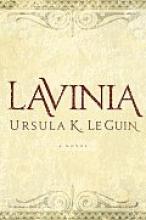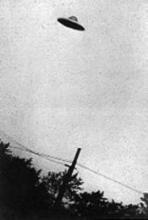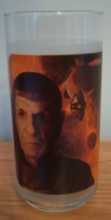Under the Dome Coming in November
This is the second year in a row Stephen King is releasing a book just in time for my birthday, and I consider it to be one of the best gifts a girl could ever receive from one of her favorite authors!
Under the Dome, which may be over 1,500 pages, is supposed to revisit themes covered in The Stand—though, King says, more allegorically. It takes place in Chester’s Mill, Maine, a normal town that’s suddenly divided from the rest of the world with an invisible force field, for no apparent reason.
As families are separated, planes crash, and people are injured because of the sudden “drop” of the dome, readers will be introduced to what’s likely to be another team of unforgettable King characters. The cast is supposed to include a veteran of Iraq who is now a cook at a diner, a newspaper owner, a doctor’s assistant, a select woman and three “brave” kids. It sounds like the villain is going to be a politician who “wil stop at nothing—even murder—to hold the reins of power,” as well as the dome itself.
As soon as I heard about it, I couldn’t help but think of The Simpsons Movie. That said, I’m almost 100% positive that King’s book will not deal with an EPA invasion based on the feces contamination from Homer Simpson’s pig.
Though it hasn’t been released, King did allow author Dan Simmons to read the manuscript as a gift. Simmons said it’s “huge, generous, sprawling, infinitely energetic… absolutely enjoyable and impressive.”
That’s how I felt after reading It. I remember it like it was yesterday… I had strep throat, was out of school, and read it nonstop for three days, wide-eyed and terrified as Bill, Ben, Beverly and gang took on evil incarnate. Afterwards, I remember being scared of everything from sinks to refrigerators to the bathtub for at least a month.
I’m hoping for a possible repeat performance with Under the Dome—though I don’t quite have the luxury of spending three entire days reading as I once did. And although it’s really hard to wait, I always prefer the paperback version of books because I tend to bend the hell out of hardbacks and sort of destroy them.
Under the Dome is available for preorder now at Amazon.com. There are also supposed to be 25,000 Collector’s Edition copies and 1,500 Signed Editions published by Scribner, both featuring a different cover and a slipcase.








